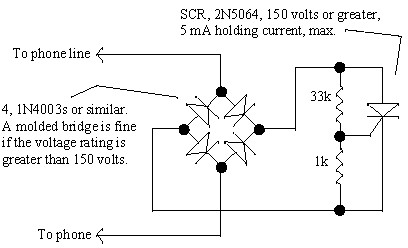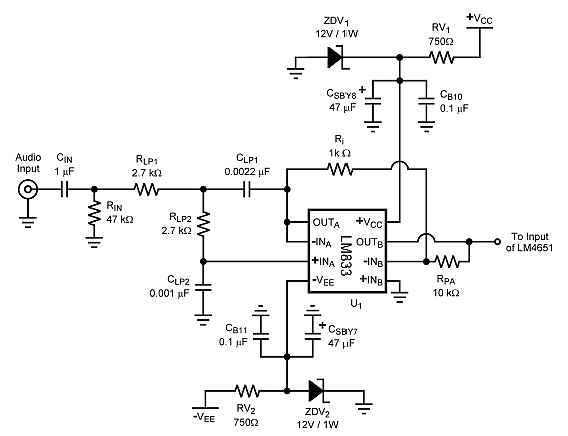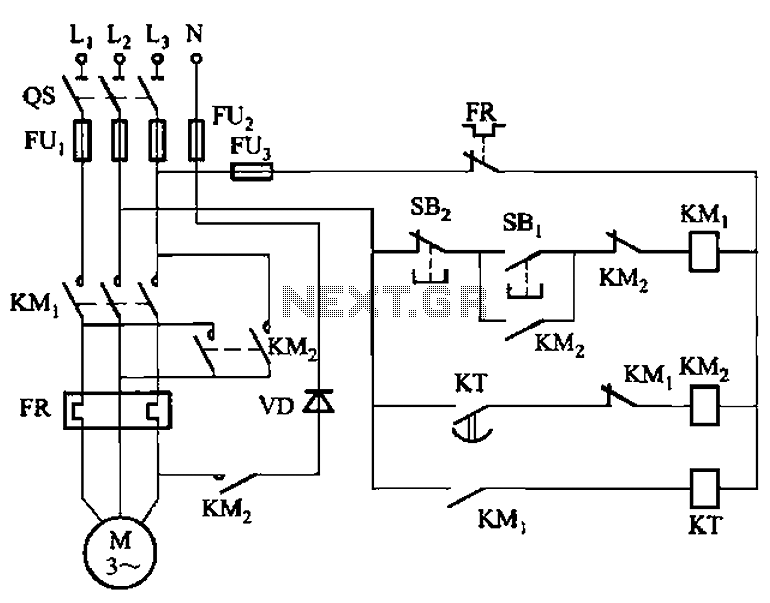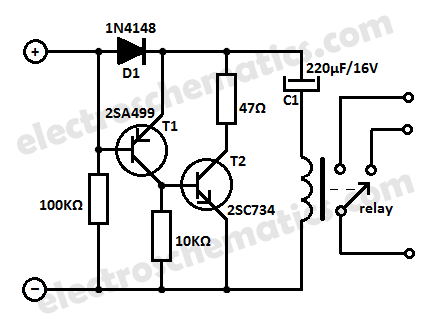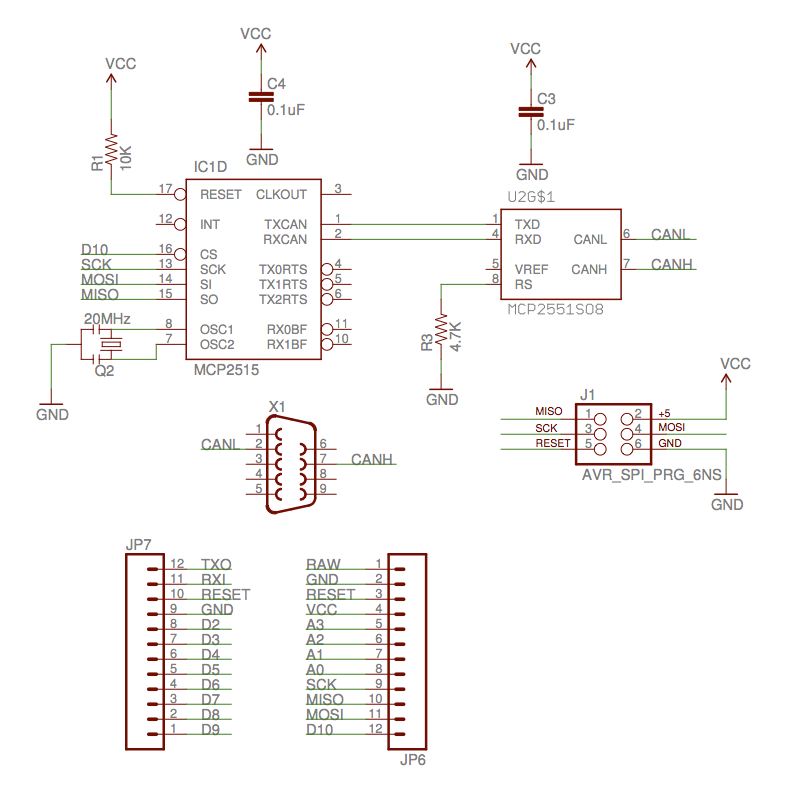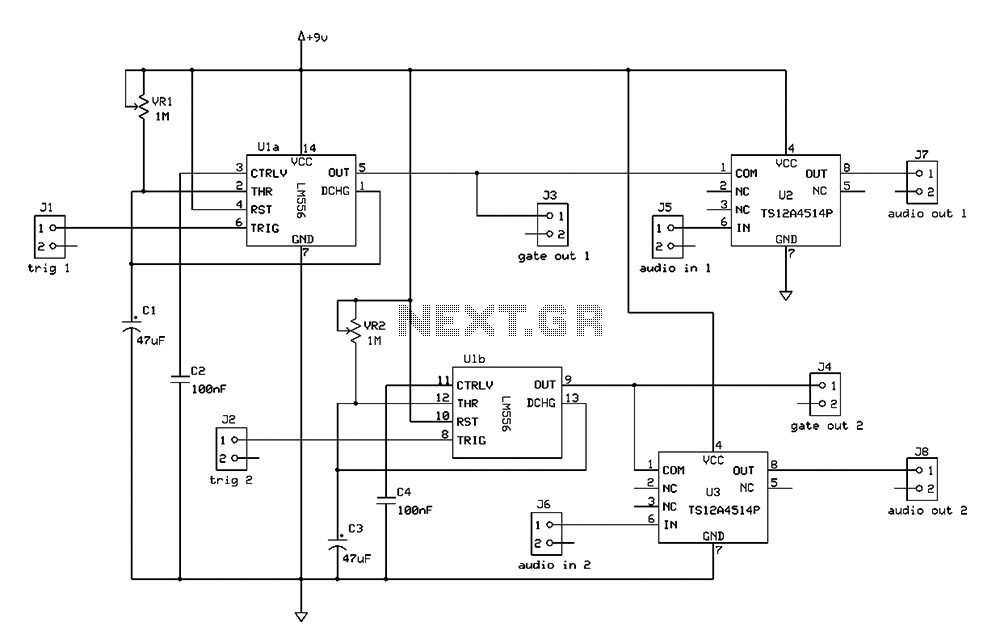
Optoisolator And Optocoupler Interface circuits
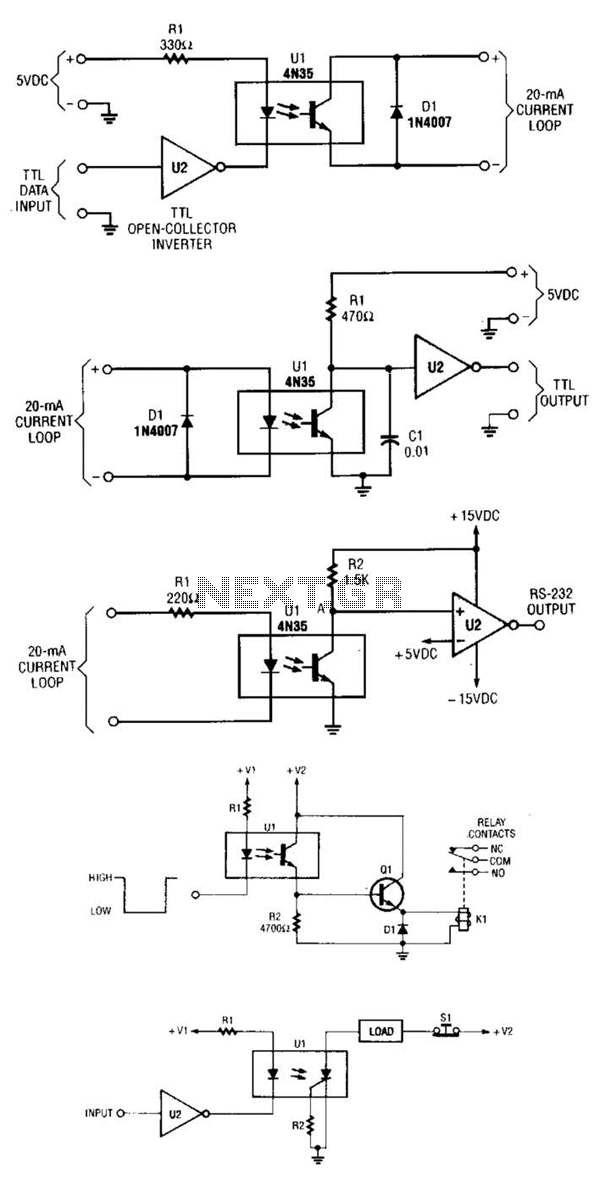
A circuit for isolating a variable resistor is presented. An optoisolator, which consists of an LED and a photo-conductive cell (or photoresistor), is utilized. The current flowing through the LED regulates its brightness, which subsequently dictates the resistance between terminals A and B. The LED current is determined by the voltage of the DC power supply and the values of two resistors (R1 and R2). The fixed resistor (R1) serves to limit the current to a maximum of 20 mA when the resistance of the potentiometer is set to zero ohms; otherwise, there is a risk of burning out the LED. Additionally, for very heavy loads that cannot be powered directly by an optoisolator, the use of a relay, as illustrated in schematic A, may be necessary. An alternative approach, as shown in schematic B, may allow for operation without a relay, but it will not provide automatic shutoff.
The circuit design employs an optoisolator to achieve electrical isolation between different parts of the system while facilitating control of a variable resistor. The LED within the optoisolator is activated by a controlled current, which is influenced by the arrangement of the resistors R1 and R2. R1 functions as a current-limiting resistor to ensure that the LED operates within safe parameters, preventing damage due to excessive current flow. The potentiometer, which can vary its resistance, allows for fine-tuning of the LED brightness, thus adjusting the resistance encountered between terminals A and B.
In scenarios where the load is too high for the optoisolator to handle directly, a relay can be integrated into the circuit. This relay acts as a switch that can be activated by the output of the optoisolator, allowing it to control larger currents or voltages safely. Schematic A demonstrates this configuration, highlighting the relay's role in managing heavy loads. Conversely, schematic B presents a simpler circuit that may suffice for lighter applications but lacks the capability for automatic shutoff, which could lead to potential hazards or inefficiencies in the system.
Overall, this circuit exemplifies the use of optoisolation in electronic designs to achieve safe and effective control over variable resistances, accommodating both light and heavy load scenarios through appropriate component selection and configuration. A circuit for isolating a variable resistor is shown. An optoisolator that has an LED arid a photo-conductive cell (or photoresistor) is used. The current through the LED controls its brightness, which in turn determines the resistance between terminals A and B. The LED current is set by the voltage of the dc power supply and the value of the two resistors (Rl and R2), The fixed resistor (Rl) is used to limit the current to a maximum of 20 mA (when the resistance of the potentiometer, is set to zero ohms), otherwise, the LED might burn out.
Very heavy hmdx, which can`t be powered directh by an optoisolator, might require the use of a rela as shown in A. You can sometimes i;el a way with using a circuit like that shown in B, hut it won`t turn itself off.
🔗 External reference
The circuit design employs an optoisolator to achieve electrical isolation between different parts of the system while facilitating control of a variable resistor. The LED within the optoisolator is activated by a controlled current, which is influenced by the arrangement of the resistors R1 and R2. R1 functions as a current-limiting resistor to ensure that the LED operates within safe parameters, preventing damage due to excessive current flow. The potentiometer, which can vary its resistance, allows for fine-tuning of the LED brightness, thus adjusting the resistance encountered between terminals A and B.
In scenarios where the load is too high for the optoisolator to handle directly, a relay can be integrated into the circuit. This relay acts as a switch that can be activated by the output of the optoisolator, allowing it to control larger currents or voltages safely. Schematic A demonstrates this configuration, highlighting the relay's role in managing heavy loads. Conversely, schematic B presents a simpler circuit that may suffice for lighter applications but lacks the capability for automatic shutoff, which could lead to potential hazards or inefficiencies in the system.
Overall, this circuit exemplifies the use of optoisolation in electronic designs to achieve safe and effective control over variable resistances, accommodating both light and heavy load scenarios through appropriate component selection and configuration. A circuit for isolating a variable resistor is shown. An optoisolator that has an LED arid a photo-conductive cell (or photoresistor) is used. The current through the LED controls its brightness, which in turn determines the resistance between terminals A and B. The LED current is set by the voltage of the dc power supply and the value of the two resistors (Rl and R2), The fixed resistor (Rl) is used to limit the current to a maximum of 20 mA (when the resistance of the potentiometer, is set to zero ohms), otherwise, the LED might burn out.
Very heavy hmdx, which can`t be powered directh by an optoisolator, might require the use of a rela as shown in A. You can sometimes i;el a way with using a circuit like that shown in B, hut it won`t turn itself off.
🔗 External reference
